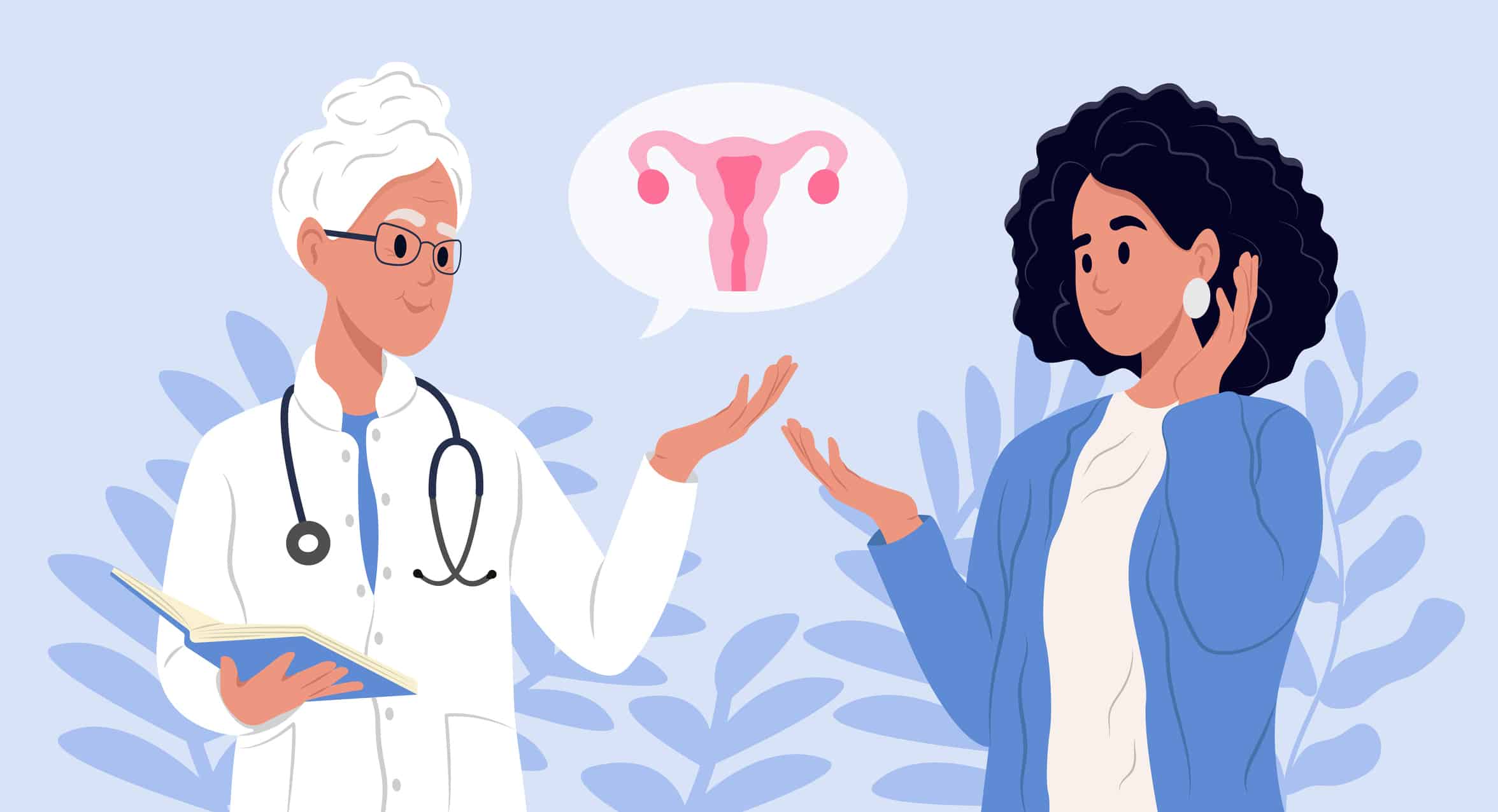Endometriosis affects 1 in 10 women throughout the US. With endless treatment plans and countless…

Uterine Fibroids: Answering Your FAQS
As a woman, it is crucial to understand the various health conditions that could affect your reproductive system. Uterine fibroids are one of the most common health conditions that affect women of reproductive age; however, they are seldom brought up in conversation.
In this comprehensive guide, The Endometriosis Treatment Center of America will answer your most asked questions about fibroids – from what they are, common symptoms, diagnosing, treatment options, and recovery to lifestyle changes that can help you manage the condition.
What Are Uterine Fibroids?
Fibroids are non-cancerous growths that develop in the uterus. They are also known as myomas or leiomyomas. Fibroids can occur on the inside or outside of the uterus or within the uterine wall. They can range in size from a small seed to a large grapefruit. While some women with fibroids may not experience any symptoms, others may have severe symptoms that can affect their daily life.
What Are Common Symptoms of Fibroids?
The symptoms of fibroids can vary depending on the size, number, and location of the growths. Some common symptoms include:
- Heavy or prolonged menstrual bleeding,
- Pelvic pain or pressure,
- Frequent urination,
- Constipation,
- And back pain.
Fibroids can also cause infertility, recurrent miscarriage, and preterm labor. In some cases, fibroids may not cause any symptoms and are discovered during a routine pelvic exam.
How Are Uterine Fibroids Diagnosed?
If you experience any of the symptoms associated with fibroids, it is essential to consult your healthcare provider. Your provider will perform a pelvic exam to check for abnormalities in your uterus. They may also recommend imaging tests such as an ultrasound, MRI, or CT scan to confirm the diagnosis. In some cases, a biopsy may also be necessary to rule out the possibility of cancer.
What Treatment Options Are Available for Fibroids?
There are several treatment options available for fibroids, depending on the size, number, and location of the growths, as well as your age and overall health. Treatment options include medication, non-surgical options, and surgical options for fibroid removal.
Medication for Uterine Fibroids
Your healthcare provider may prescribe medication to help manage the symptoms of fibroids. Medications such as nonsteroidal anti-inflammatory drugs (NSAIDs) can help relieve pain and reduce heavy menstrual bleeding. Hormonal medications such as birth control pills or a progesterone-releasing intrauterine device (IUD) can also help regulate your menstrual cycle and reduce bleeding.
Non-Surgical Treatment Options
Non-surgical treatment options for fibroids include uterine fibroid embolization (UFE) and magnetic resonance-guided focused ultrasound (MRgFUS). UFE involves blocking the blood supply to the fibroids, causing them to shrink and die. MRgFUS uses high-intensity ultrasound waves to destroy the fibroids. Both UFE and MRgFUS are minimally invasive procedures that do not require surgery.
Surgical Options for Fibroid Removal
Surgical options for fibroid removal include myomectomy and hysterectomy. Myomectomy involves removing the fibroids while leaving the uterus intact, making it a good option for women who want to preserve their fertility. Hysterectomy involves removing the entire uterus and is usually recommended for women who have severe symptoms or have completed their family planning.
When choosing a treatment option for fibroids, it is essential to consider several factors, including the size, number, and location of the fibroids, your age and overall health, and your desire to preserve your fertility. It is also important to discuss the benefits and risks of each treatment option with your healthcare provider to make an informed decision.
What Does Recovery and Aftercare for Fibroid Treatment Look Like?
Recovery and aftercare for fibroid treatment depend on the type of treatment you receive. Non-surgical treatments such as UFE and MRgFUS have a shorter recovery time compared to surgical options like myomectomy and hysterectomy. After any fibroid treatment, it is essential to follow your healthcare provider’s instructions for aftercare, including taking any prescribed medications, abstaining from sexual activity, and avoiding heavy lifting or strenuous activities.
What Are Some Lifestyle Changes to Manage Fibroids?
In addition to medical treatment, certain lifestyle changes can help manage the symptoms of fibroids. These include maintaining a healthy weight, exercising regularly, eating a balanced diet rich in fruits and vegetables, reducing stress, and avoiding alcohol and caffeine. These lifestyle changes can help regulate your menstrual cycle, reduce heavy bleeding, and alleviate pelvic pain
Find Relief from Uterine Fibroids with Expert Treatment
Fibroids are a common health condition that affects many women of reproductive age. While they may not always cause symptoms, they can have a significant impact on your daily life. If you experience any symptoms associated with fibroids, it is essential to consult your healthcare provider for proper diagnosis and treatment. With the right treatment and lifestyle changes, you can effectively manage the symptoms of fibroids and improve your quality of life. For expert uterine fibroids care, choose the Endometriosis Treatment Center of America.
We Are Your Uterine Fibroid Specialists in Michigan
If you are experiencing symptoms of fibroids, seek effective care from the Endometriosis Treatment Center of America. Our team of experienced healthcare providers can provide a comprehensive diagnosis and treatment plan tailored to your unique needs. Contact us today to schedule an appointment by calling (248) 731-2141 or filling out our convenient online contact form.


